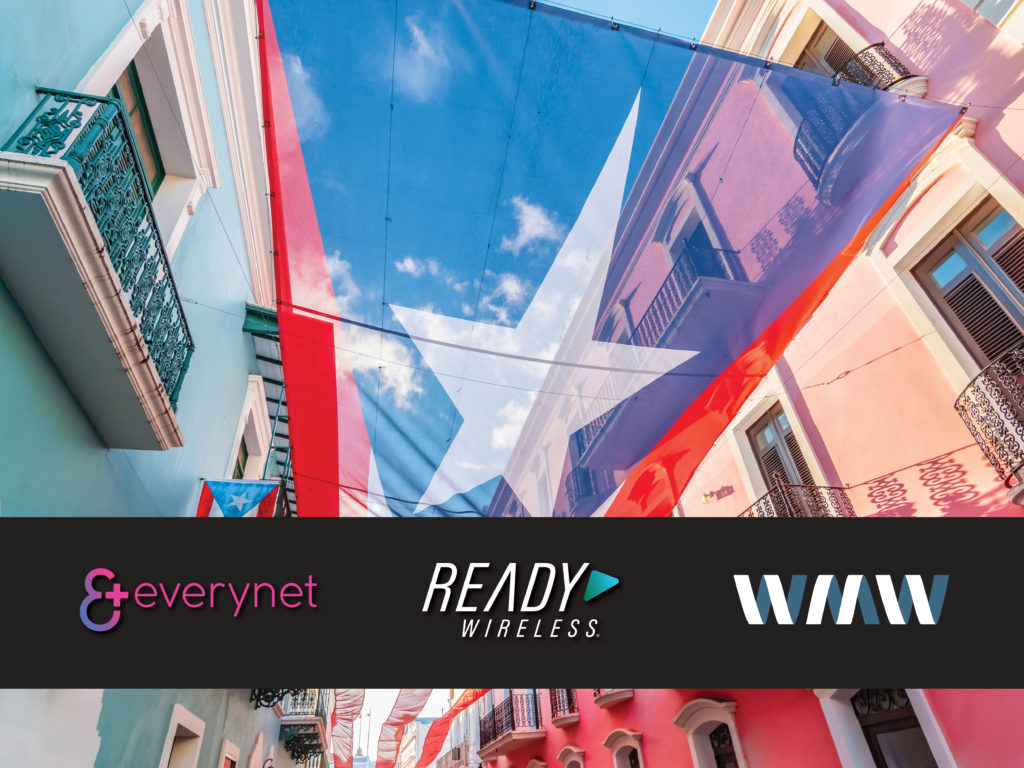Did you know WIFI and Bluetooth aren’t the only protocols that enable IoT? LoRa and LoRaWAN form a wireless network with a significant advantage – it runs on extremely low power. This is a gamechanger when connecting hundreds or thousands of battery-operated devices across a large geolocation.
Read on to find out why we can’t stop talking about the benefits of LoRa!
1) What is LoRa and LoRaWAN?
LoRa (long range) is the physical communication layer. It uses a type of pulsed radio modulation called a chirp spread spectrum. Fun fact – this technique was originally created for military and space uses.
LoRaWAN (long-range wide area network) is the communication protocol and system architecture. Though proprietary, LoRaWAN is an open protocol so any device manufacturer can leverage this technology. It delivers all the hallmarks of IoT: “bi-directional communication, end-to-end security, mobility and localization services” (1).
The easiest way to remember the difference is that LoRaWAN is the highway for LoRa’s wireless communication. It works like this:
- IoT devices communicate using LoRa
- Information is sent to gateways
- Gateways act like a router, pushing information to cloud servers
- The server interfaces with an application that processes data
- The application can send commands back down this same path
And the truly amazing thing? This is done across thousands or millions of devices.
2) What are typical use cases?
Anywhere IoT coverage is needed over large spaces! Applications with the strongest outcomes include:
Another benefit is LoRaWAN’s coverage and durability. It can transmit over greater distances than WiFi, Bluetooth, or ZigBee. It operates well even in dense environments, such as an urban core with concrete structures.
LoRaWAN’s also not fazed by harsh weather conditions or extreme temperatures, which is practical for industrial, manufacturing, construction sites, or remote locations.
3) What about power needs?
Because LoRa is not a mesh network, it uses less energy.
That’s because devices in a mesh network typically have to “wake up” to connect as well as receive and send information. As Tektelic, one of our top IoT suppliers explains, “this synchronization consumes significant energy and is the number one driver of battery lifetime reduction” (2).
LoRaWAN is asynchronous, so power is only used when a device has communication. It’s perfect for IoT devices that send small amounts of data at intermittent intervals. Gateways also pass this data to cloud servers for processing, removing another energy-intensive task from the network.
4) Is LoRaWAN secure?
Definitely.
“LoRaWAN utilizes two layers of security: one for the network and one for the application. The network security ensures authenticity of the node in the network while the application layer of security ensures the network operator does not have access to the end user’s application data” (3).
It also uses end-to-end encryption through AES-128, an Advanced Encryption Standard developed by U.S National Institute of Standards and Technology (NIST). By requiring mutual authentication, this security measure “ensures that only genuine and authorized devices will be joined to genuine and authentic networks” (4). This also allows devices to update their firmware over the air, reducing the need for on-site maintenance.
We’re really excited about introducing customers to LoRa and LoRaWAN. There are so many established manufacturers with certified products by the LoRa Alliance. This technology is thoroughly tested and dependable. And it will take your business to the next level.
Ready to learn more? Read about these LoRa applications:
Sources
1. https://lora-alliance.org/about-lorawan/
2. https://www.tektelic.com/expertise/what-is-lorawan/
3. https://lora-alliance.org/wp-content/uploads/2020/11/what-is-lorawan.pdf
4. https://lora-alliance.org/wp-content/uploads/2020/11/lorawan_security_whitepaper.pdf

